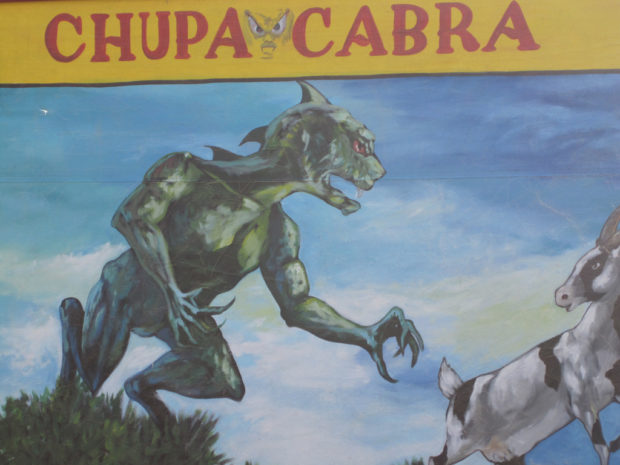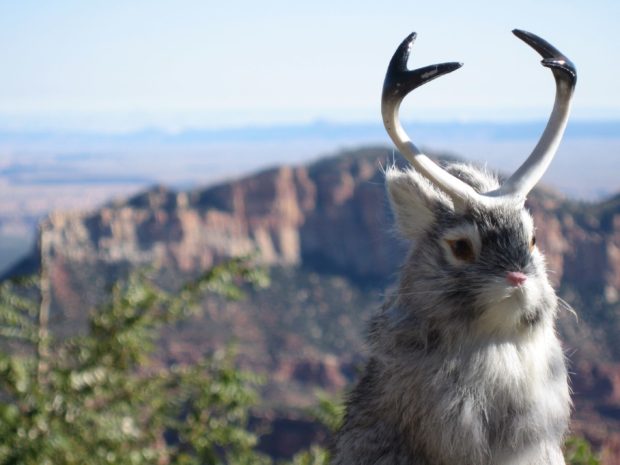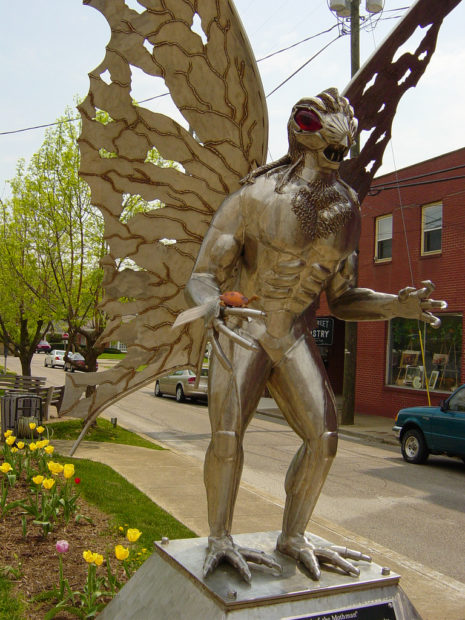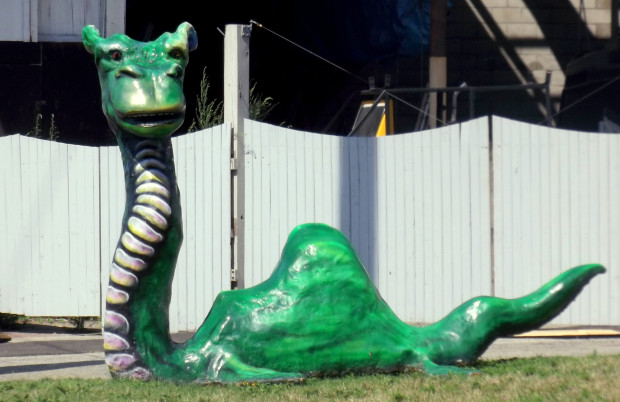We have much more to do and your continued support is needed now more than ever.
Five Wildlife-Centric Myths in the U.S.

The Jersey Devil
El Chupacabra
The myth: El Chupacabra is young compared to the long-term legacy of the Jersey Devil. Legend of El Chupacabra first arose in the early 1990s when goats and chickens in Puerto Rico were turning up dead and mysteriously drained of blood. The only mark left on the bodies? Puncture wounds, much like a vampire might leave! Thus, El Chupacabra was born. With a name that means “the goat-sucker” in Spanish, El Chupacabra has wandered in the decades since the first incident. Sightings have even been made in the mainland US, in the southern part of the country from Texas to Florida. El Chupacabra is alleged to be a fearsome sight, typically described as having lizard-like features, fangs, and sharp quills, though some have reported that El Chupacabra more closely resembles a coyote.
The probable reality: Many reported sightings of El Chupacabra are later debunked as coyotes or raccoons with severe mange, which alters their appearance and rids them of their characteristic fur.

Champ, the Lake Champlain Monster
The myth: A distant cousin of the Loch Ness Monster in Scotland, Champ (sometimes called Champy) is a lake-dwelling sea monster who calls Lake Champlain home. Champ has been swimming around the New York-Vermont border for hundreds of years, with the earliest sightings dating back to two Native American tribes who dwelled in the area. Champ, like the Loch Ness Monster, is reportedly a 25 to 35 foot long sea serpent with razor sharp teeth (are there any other kind in the sea monster community?). Champ is well-loved by the community, with resolutions passing on both sides of the lake to protect his sweet monster self.
The probable reality: Historians believe the original sighting of Champ was actually an alligator gar, a large fish related to lake sturgeons like the endangered pallid sturgeon. If you would like to support efforts to keep America’s waters clean for Champ and other water-dwelling animals, check out National Wildlife Federation’s work for water resources and wetlands!
Jackalopes
The myth: As the name suggests, the jackalope is a cross between a jackrabbit and an antelope, resulting in a small cute bunny with horns. Contrary to their adorable outside, jackalopes are reportedly very aggressive, leading to the nickname of the “warrior rabbit”. When provoked, jackalopes can imitate human sounds and even speech, though their angry impulses can apparently be assuaged by the judicious application of whiskey. Jackalopes were first reported in Wyoming between 1829 and 1939 when a pair of brothers spotted a dead rabbit next to a pair of horns. Sightings still occur throughout the American West. Jackalopes are now the official mythological creature of Wyoming, and each year many festivals occur centering on the bunny with horns. They even had a starring role in a Pixar animated short!
The probable reality: While many swear that the jackalope is a real, if endangered or extinct, creature, most likely people are spotting rabbits with deformities that resemble horns.

The Mothman
The myth: Joining the ranks of the Jersey Devil in the annals of spooky American folklore, the Mothman first emerged in 1966 in Point Pleasant, West Virginia. The Mothman was spotted outside an abandoned TNT plant and was described as being human-shaped, but bigger, and with giant bat-like wings and glowing red eyes. He then roamed the town of Point Pleasant for several months, terrifying the citizens and stalking them in their homes with his eerie, piercing shriek. The frightful tale came to a head in December 1966, when a local bridge connecting the town to a neighboring city in Ohio suddenly collapsed during rush hour. Some blamed the Mothman for this collapse, while others claimed he had come to warn the town of this impending disaster. Regardless, the Mothman vanished after this incident, never to be seen again – other than in effigy, as the town erected a bronze statue to the mysterious cryptid.
The probable reality: To this day, no one is quite sure exactly what was going on in Point Pleasant, despite numerous books and movies on the topic. Paranormal experts say the Mothman was real, though probably an alien, while skeptics claim it was a town-wide hoax perpetrated by a series of pranks (and, in several instances, owls in the wrong place at the wrong time).























